QuestionQUESTION: Hi Matt:
I have just read your very well written and interesting advice on new tank cycling. I have had much the same problems as some of your previous questioners, in that fish will die quite quickly in a new tank, despite all precautions and water changes. So I am thinking of trying a fishless cycle and I note that you use an Ammonia solution to start things off. Makes perfect sense, but where would I buy Ammonia? How is this product presented in a store? How much do I use to attain a 5 ppm concentration as you have suggested in your previous answers. This is a very important and critical topic, and I think it needs to be carefully explained to us newcomers - I hate to see these fish die in spite of all my efforts. You obviously have some expertise in this, so can you elaborate on your previous comments a little more. Thanks a lot, this is a very interesting "forum".
ANSWER: Hi Magus,
Thank you for your support. I will try to explain to do do a fishless cycling as best as I can. When you go buy ammonia, it has to be unscented with no additives. The brand I bought was from Ace Hardware. It is called Ammonia Janitorial Strength Formula 10% Ammonium Hydroxide. The other 90% is probably water. But this is fine as there are no other additives. When buying, shake the bottle. If it bubbles up and does NOT dissipate quickly then it has something added. When I shake mine, bubbles all fly to the top and pop within 3-5 seconds. Other bottles will start foaming and etc. I have read it is difficult to find because people want ammonia that smells good to clean the house. They are not sold at Walmart or Target in my area.
To measure how much ammonia to get to 5ppm concentration is different in many tanks. In my 20g tank it took me only a few drops. In my 55g tank, it nearly took me about half a tbps or more. To measure the amount of ammonia, you need a liquid test kit. It can be found in fish chain stores like Petco/Petsmart.
You simply add until it reaches 5ppm. You test the water after every few drops or so. Once reaching 5ppm you stop. You need to run a filter or powerhead for water circulation. You can run a heater too, to warm the water and aid in bacteria growth. The water will stay at 5ppm, but after a week or so, the Ammonia will gradually be lower in concentration, lets say 3ppm or 4ppm. You then add more to reach 5ppm. It must stay at 5ppm consistently to grow bacteria fast. If it goes down, you simply add more. You will start to see slime at the bottom of the tank too. It is just bacteria, no need to start worrying and goes away when the tank has finished cycling. During this time there will be NO readings of nitrIte and nitrAte because the bacteria has not broken down the ammonia yet. After a few weeks, you will start to see nitrItes because the ammonia is broken down. But you will still NOT see nitrAtes. NitrAtes only appear when nitrItes are broken down. Its like a cycle. Ammonia becomes nitrIte, then nitrIte becomes nitrAte, once nitrAte is achieved, the tank is done. Once you get the first reading of nitrAte, you stop adding ammonia. The tank will complete itself from there. You will wait a few more days and the ammonia and nitrIte should be 0ppm, with a very high nitrAte ppm meaning the cycle is complete. NitrAte can be anywhere from 40ppm to 160ppm. Since The cycle is complete and the bacteria is grown. You then do a large water change 90%, to lower the NitrAte to 5ppm-20ppm then you add fish. The large water change will not remove the bacteria. The bacteria are sessile meaning they are attached to walls, gravel, and decorations in the tank. You are just doing a water change to remove the nitrAte.
Basically, long story short, you keep ammonia at 5ppm, and the tank will cycle itself. All the testing is just for reassurance and to see where you are in the cycle. The only thing I did during my fishless cycle was adding ammonia and testing. No water changes, no nothing (The only water change is after cycle completion). Here are some examples of readings. I will make some up to show you what it means.
Week one - Ammonia 5ppm, Nitrite 0ppm, Nitrate 0ppm
*Week one is the first week of fishless cycling. No bacteria yet, therefore no readings of nitrite nor nitrate*
Week three - Ammonia 3ppm, Nitrite 2ppm, Nitrate 0ppm
*Bacteria are starting to break down ammonia. You see a nitrIte spike. Here, you add more ammonia to reach 5ppm. Readings of nitrite means you are mid-cycle*
Week four - Ammonia 3ppm, Nitrite 1ppm, Nitrate 10ppm.
*Both sets of bacteria are working to break down both ammonia and nitrIte hence the nitrAte reading. This means the cycle is very near in being finished. You stop adding ammonia at this time*
Week five - Ammonia 0ppm, Nitrite 0ppm, Nitrate 80ppm.
*Cycle is complete. The bacteria will be amoung your gravel and tank walls. They are sessile, meaning they are non-moving and are attached to walls and decorations, very little of them in the water. You now do a large water change and add fish.
The time might be different for everyone. Some people seed their tank to decrease cycling time and some prefer not to seed. Temperature also determines cycling time. It should be at 80F for best results. Fishless cycling is a bit complicated for newcomers, but once you actually do it and understand it, it is very very very easy. You will wonder why it was so complicated in the first place. It is also a lot a hassle than cycling with fish because you need to do water changes with fish every 3 days to prevent the toxin from killing them. 5ppm ammonia will kill fish in less than 12 hrs, but in fishless, there is no fish :), giving you an advantage in cycling.
Let me know if I can explain something in further detail. Not sure if I missed anything.
-Matt-
---------- FOLLOW-UP ----------
QUESTION: What an excellent description! Very clear and I understand you very well. I was remiss in my original post. I should have mentioned that the testing kit that I have is the Nutrafin Test Kit for pH, NH3, NO3 and NO2. It's a liquid chemical testing kit, not indicator strips.
The units of measure in this kit are in mg/L not ppm. So the NH3 measures from 0.0 - 7.3 mg/L, the NO2 will test from 0.0 - 3.3 mg/L and the NO3 from 0.0 - 110.0 mg/L.
Any idea how I can convert my readings to ppm or can you give me your mentioned concentration levels in mg/L?
Thanks,
Magus
AnswerHi agian Magus,
Any test kit will work fine, as long as its liquid. So you should be ok. Here is the conversion below.
1 ppm (part per million) = 1 mg/l (milligram per liter).
So basically it is the same thing. 5ppm = 5mg/L. 50ppm = 50 mg/L
I use API liquid testing and on the cards it shows 0 ppm (mg/L). So it also can go either way.
On my API test kit, the NH3(Ammonia) measures from 0.0-8.0ppm(mg/L), the NO2(NitrIte) measures 0.0-5.0ppm(mg/L), and the NO3(NitrAte) measures from 0.0-160.
The ranges look very similar to yours.
If you have any problems or unsure about something during the cycling, feel free to let me know.
-Matt-

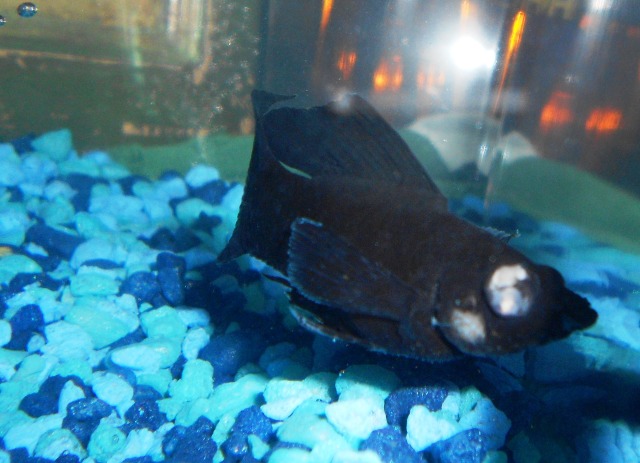 Apparent Pop-eye in Adult Lyre Tail Dalmation Molly
Question
My Black Lyre Tail Dal
Hi,
I have a b
Apparent Pop-eye in Adult Lyre Tail Dalmation Molly
Question
My Black Lyre Tail Dal
Hi,
I have a b
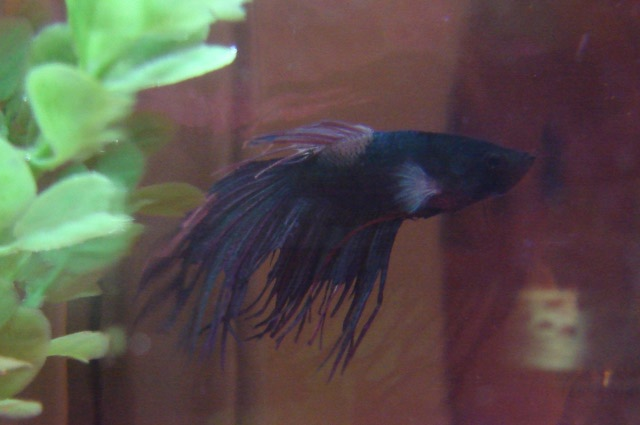 Transitioning sick betta to better habitat
Question
"Chemo" Illness
Last summer,
Transitioning sick betta to better habitat
Question
"Chemo" Illness
Last summer,
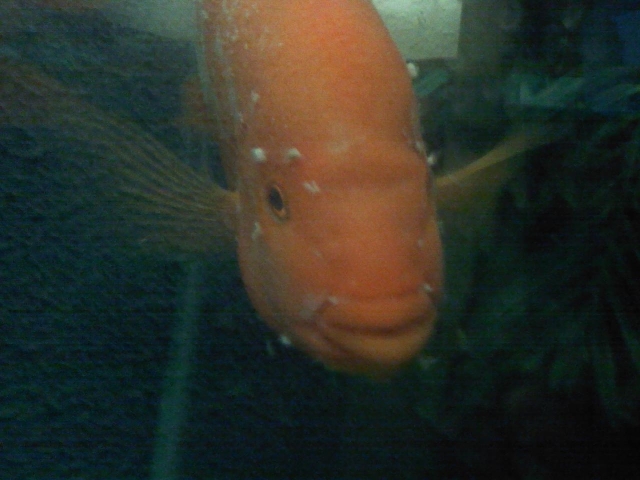 Sick Fish Lucy
QuestionLucy - Red Devil
QUESTION: Hi Nathan,
H
Sick Fish Lucy
QuestionLucy - Red Devil
QUESTION: Hi Nathan,
H
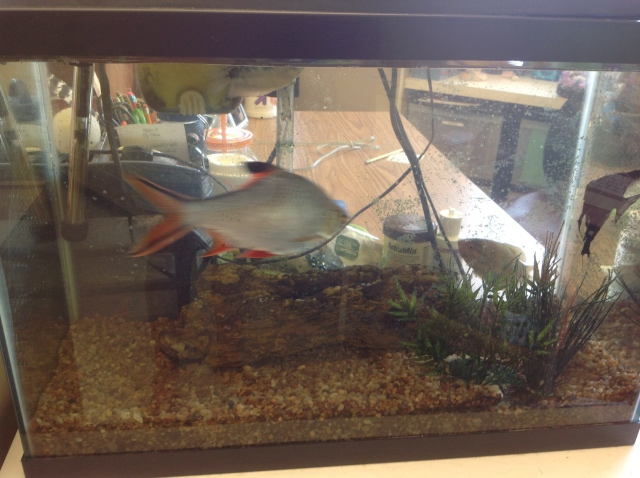 Fresh Water Fish
Question
My Fish Tank
Hi Elizabeth,
I would rea
Fresh Water Fish
Question
My Fish Tank
Hi Elizabeth,
I would rea
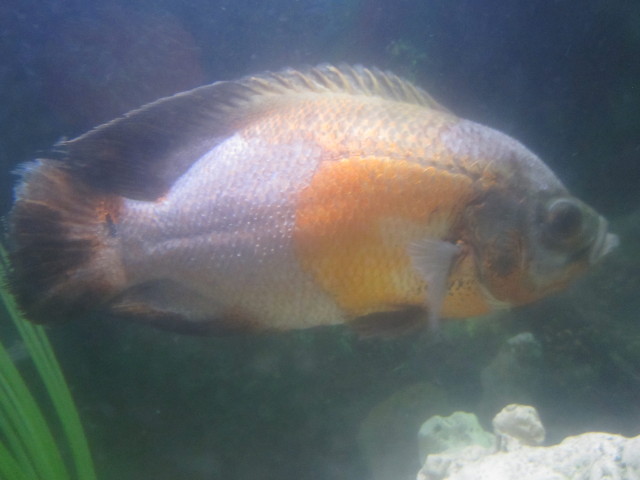 sick tiger oscar
Questionsick tiger oscar
QUESTION: Hi! I have a
sick tiger oscar
Questionsick tiger oscar
QUESTION: Hi! I have a